Удаление пупочной грыжи
Грыжа в области пупка — патология, сопровождающаяся ослаблением и расширением пупочного кольца с выходом из него грыжевого мешка с внутренними органами (чаще сегмента кишечника) в подкожное пространство. Среди всех видов грыж пупочная самая распространенная и встречается одинаково часто, как у мужчин, так и у женщин, иногда даже у детей с рождения.
Врачи отделения хирургии клиники «К+31» проводят диагностику и операции по удалению грыжи пупка по современным и высокоэффективных методикам.

специалисты

оборудование

лечения
Классификация и симптомы пупочной грыжи
Внешне грыжа выглядит как увеличенный и выступающий наружу пупок. На запущенной стадии грыжевой мешок может достигать больших размеров. Выпячивание грыжи сопровождается болью (тянущей, жгучей, тупой). В положении лежа выпуклость уменьшается в размерах и может полностью пропадать.
На начальной стадии грыжа легко вправляется и не причиняет дискомфорта. Со временем мышечный слой ослабляется и грыжевые ворота расширяются. В этом случае пациент чувствует боль во время поднятия тяжестей или при напряжении пресса. Патология быстро прогрессирует и без своевременного лечения переходит в тяжелую стадию. К побочным симптомам относят тошноту, вздутие, кишечные колики и запор.
При больших объемах пупочной грыжи пациент не всегда может вправить ее самостоятельно и повышается риск ущемления. В этом случае грыжевой мешок с внутренними органами зажимается в мышцах грыжевых ворот, что вызывает резкую боль и нарушение кровообращения в зажатой области. Без своевременной операции развиваются такие осложнения, как перитонит, острая кишечная непроходимость и некроз ущемленных органов.

Различают следующие виды пупочных грыж:
- по кратности появления первичные и вторичные (рецидив после ранее проведенной герниопластики)
- по стадии тяжести вправляемые и невправляемые
- по причине появления врожденные и приобретенные
- по наличию осложнений ущемленные и неущемленные
- по форме прямые (грыжевой мешок выходит прямо из пупка) и косые (разрыв брюшной стенки рядом с пупком, но грыжевой мешок выходит через пупочное кольцо)
Преимущества лапароскопической герниопластики
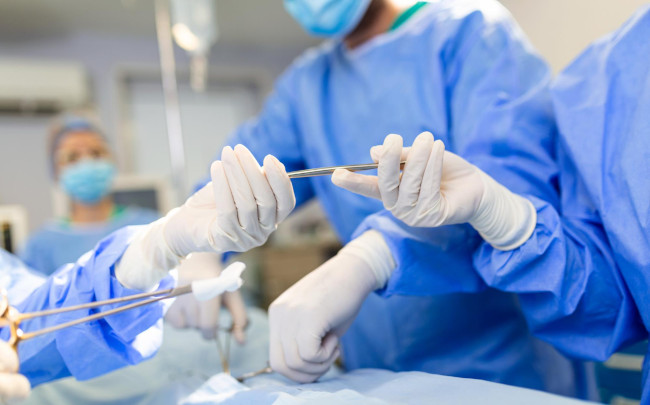
Существуют два основных способа устранения грыжи: полостная операция с разрезом кожи и лапароскопическая (через небольшие проколы в брюшной стенке). Выбор метода зависит от состояния мышечно-апоневротического слоя брюшины и вида самой грыжи.
Первичную патологию обычно устраняют с помощью лапароскопической герниопластики. Преимущества метода:
- Во время операции на животе врач делает три небольшие (0.5-1 см) разрезы для установки трубок медицинского оборудования, поэтому послеоперационные раны мелкие, быстро заживают, шрамы незаметные
- Высокая точность операции, благодаря контролю всех действий хирурга на мониторе через камеру, установленную внутри на лапароскопе
- Короткий период реабилитации
- Снижение риска внутренних кровотечений, инфицирования и рецидива
Лапароскопическая герниопластика - малоинвазивная техника, которая показывает хороший результат, сохраняя целостность мягких тканей. У нее меньше послеоперационных осложнений, по сравнению с полостным методом.
Открытую операцию классическим способом с внешним разрезом выполняют при повторных хирургических вмешательствах, если произошел рецидив. Также полостная операция проводится в экстренных случаях, когда уже произошло ущемление грыжевого мешка и начался некроз тканей.

Такая награда выдаётся клиникам с самым высоким рейтингом по оценкам пользователей, большим количеством обращений с данной площадки, при отсутствии критичных нарушений.

Такая награда выдается клиникам с самым высоким рейтингом по оценкам пользователей. Она означает, что место знают, любят и сюда точно нужно зайти.

Портал ПроДокторов собрал 500 тысяч отзывов, составил по ним рейтинг врачей и наградил лучших. Гордимся, что среди награжденных есть наши врачи.
Запишитесь на прием в удобное время на ближайшую дату
Стоимость
Другие услуги


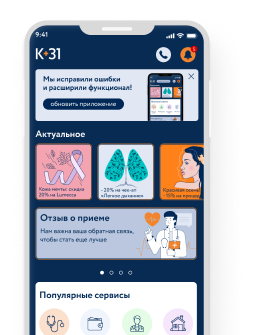



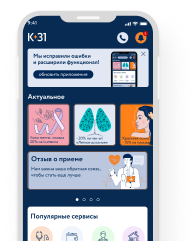


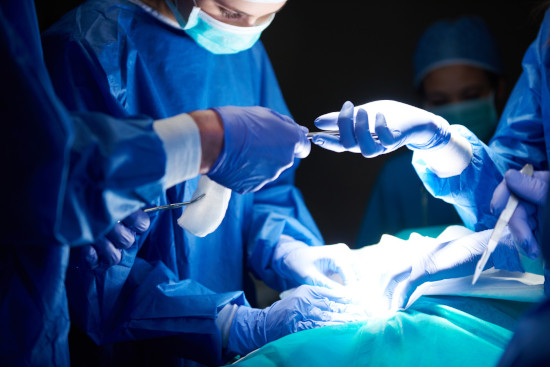

















































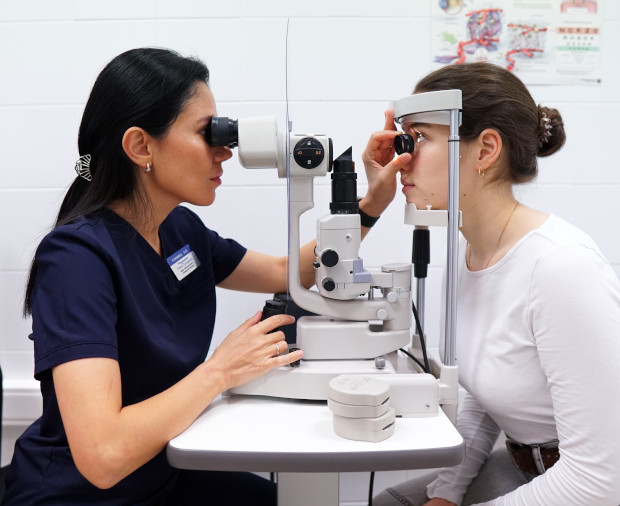
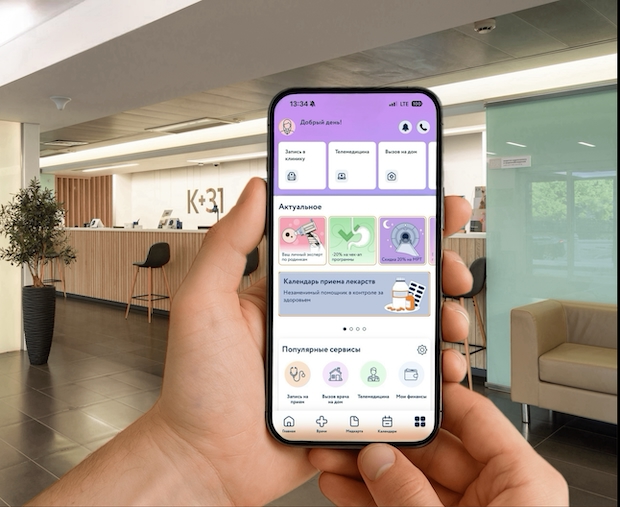



Почему образуются пупочные грыжи
Грыжа появляется вследствие ослабления мышечно-апоневротического слоя под кожей и расширения естественного мышечного кольца вокруг пупка. Выход внутренних органов из пупочного кольца провоцируется движением, напряжением мышц пресса и повышением внутрибрюшного давления при кашле, натуживании, поднятии тяжестей.
Появлению грыжи способствуют, как внутренние, так и внешние факторы:
У детей встречается врожденная грыжа, которая в некоторых случаях пропадает самостоятельно, без хирургического вмешательства.